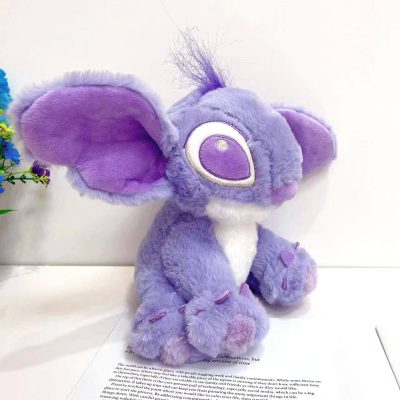In today’s society, parents are paying more and more attention to safety performance when buying toys for their children, whether it is infancy or early childhood, toys are related to the safety of babies. So, how do you choose the safest toy?
First, change your mindset
Parents rely so much on national toy safety standards that they forget to be vigilant. Just seeing the brand name or price tag can never tell you what a toy really looks like, and you need to evaluate the safety level yourself to assess whether it can be purchased. Experts suggest that the first step is to keep an eye out for small parts, such as plastic rings or small plastic beads that can be easily swallowed by small babies, or the shiny plastic eyes of a fluffy Teddy. Remember that a stretch toy longer than 25 cm may strangle your child; The ropes of kites and other flying toys should be made of non-metallic materials when the length is greater than 3 meters.
China’s children’s toy safety standards stipulate that when the length of the rope made by dragging toys is greater than 30 cm, there can be no slipknots or fasteners that are easy to form slippery knots. Such toys for children under 3 years of age cannot be used as thin as 1. 5 mm rope. When choosing, if you find it dangerous to play, be sure to trust your instincts.
Second, don’t be fooled by the “import” label
Mom and dad are generally more worried about the problem of domestic non-famous brand play, but ignore a product with a beautiful import label, which may also be assembled in the importing country, but has parts from all over the world. Don’t forget that some imported toys have also been recalled in recent years. Experts point out that if the toy contains dangerous magnets, the most troublesome problem lies in its own design flaws, not in the way it is made. According to statistics, in the past 20 years, 60%~70% of the recalled games are due to design errors, while manufacturing problems (such as lead in paint) account for only 10%. Toys need to be “big brands”, but the appraiser is yourself, not just the credibility of the brand.
3. Check the risk of suffocation or scratches
Look for toy instructions on the packaging and check for parts that are dangerous for children under 3 years of age. If the package can be taken apart, you’d better check it yourself. Some toys can still pose a threat despite passing the manufacturer’s safety tests. If the product has small removable parts that can be swallowed by the child’s throat without flattening, then this product should never be bought for the child. Of course, children may also chew what is in their mouths and swallow it. When buying toys, think of avoiding them. In addition, some toys have sharp edges or rough textures, and the child’s tender skin will never withstand such friction, so when you see wooden or metal toys, touch them carefully before making a decision. Buying something for a child must not only put the beautiful appearance first.
4. Pay more attention when shopping online
The laws related to online shopping are not yet perfect, and online sellers, especially online private retailers, have limited post-service and quality assurance benefits for consumers, so mothers should pay special attention to the gifts you order online, and check the product authenticity picture and product packaging picture before purchasing.
Many online retailers will ask you to write a wish to a friend or family member when you mail, and you need to mail it after confirming that the product is correct, or advise friends to pay attention. Alternatively, you can go online to the website of the Consumer Association to see if the items you purchased online are blacklisted. Online toys sent by friends, after the party, also carefully check whether there are any parts that will cause harm to the baby.
5. Give up toys that are too noisy
Toys that are too loud for a long time can cause hearing damage in babies. If the sound made by the toy exceeds 90 decibels, it is really a harmful noise. Before buying in a toy store, press a button and listen to the effect. Also, consider the distance between the child and the toy speaker, whether he is holding it in his arms, or keeping it next to him or in another corner of the room. Trust your own judgment, if you think it’s loud, chances are it’s really not for your baby.
6. Beware of magnets and batteries
If your child swallows 2 or more magnets, the suction in the body can cause fatal damage to the intestines. Therefore, for children who like to put things in their mouths and gnaw, the play of easy loosening and demagnetization is more dangerous.
Also, be careful with pronounce the button batteries in books, music cards, and electronic watches. If your child accidentally swallows a button battery, it will move smoothly through the body and stay in the esophagus, causing tissue damage. If the battery your child swallows still has charge, it can also cause burns in the body due to the electric current. For safety, keep books and other items with batteries high on shelves out of reach of children.
7. Pay attention to small parts
When shopping for toys, pay attention to small parts, such as plastic rings or small plastic beads that can be easily swallowed by children. China’s children’s toy safety standards stipulate that when the length of the rope made by dragging toys is greater than 30 cm, there can be no slipknots or fasteners that are easy to form slippery knots. Such toys for children under 3 years of age cannot be used as thin as 1. 5 mm rope.









